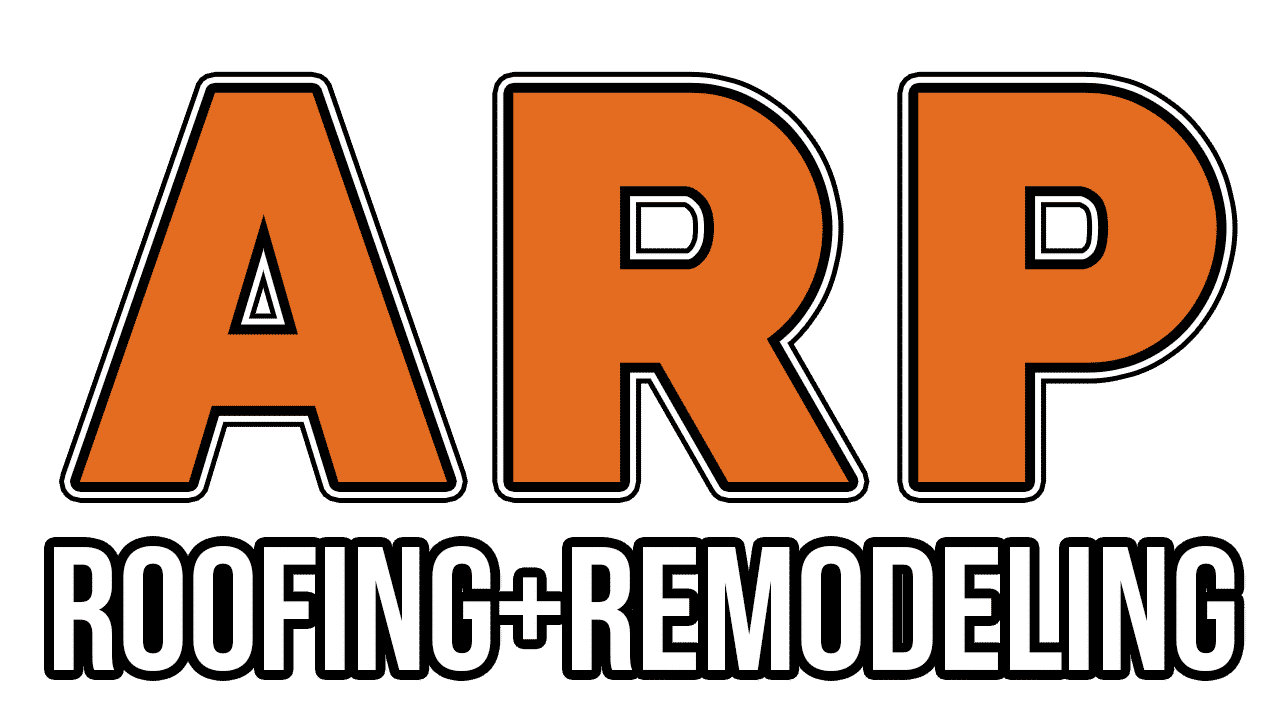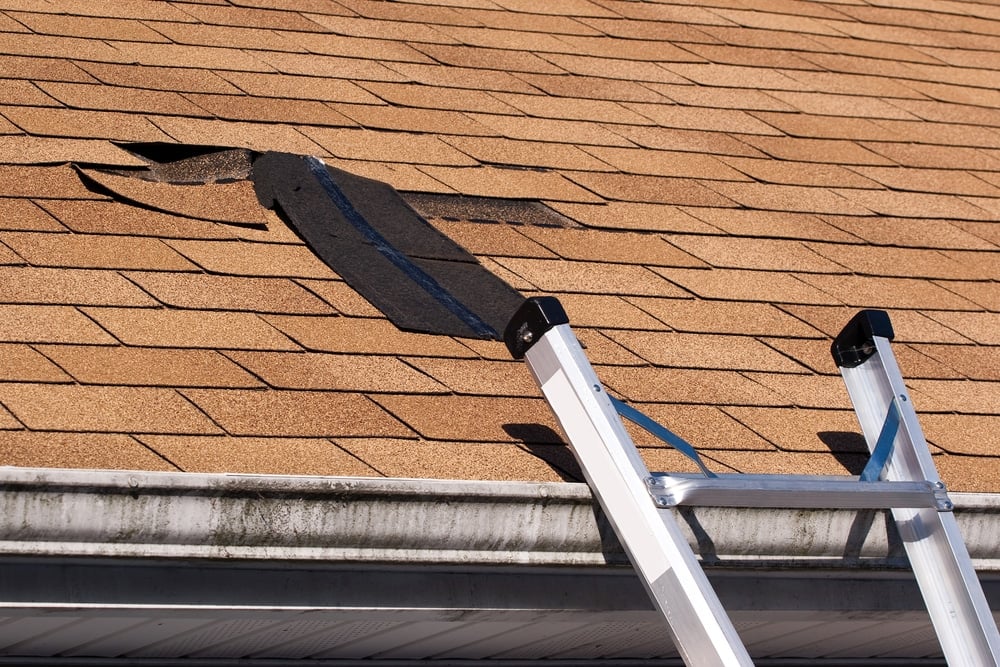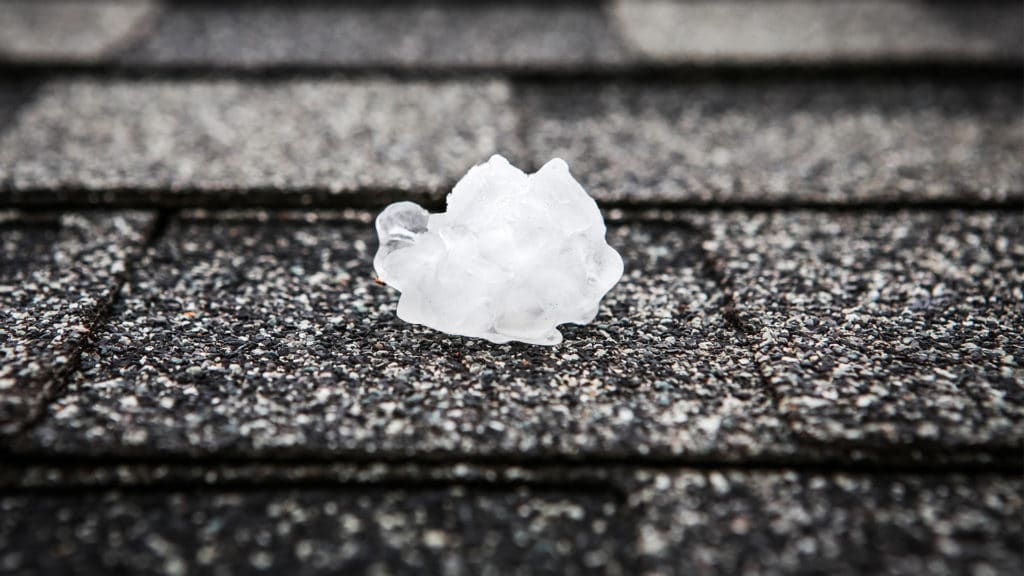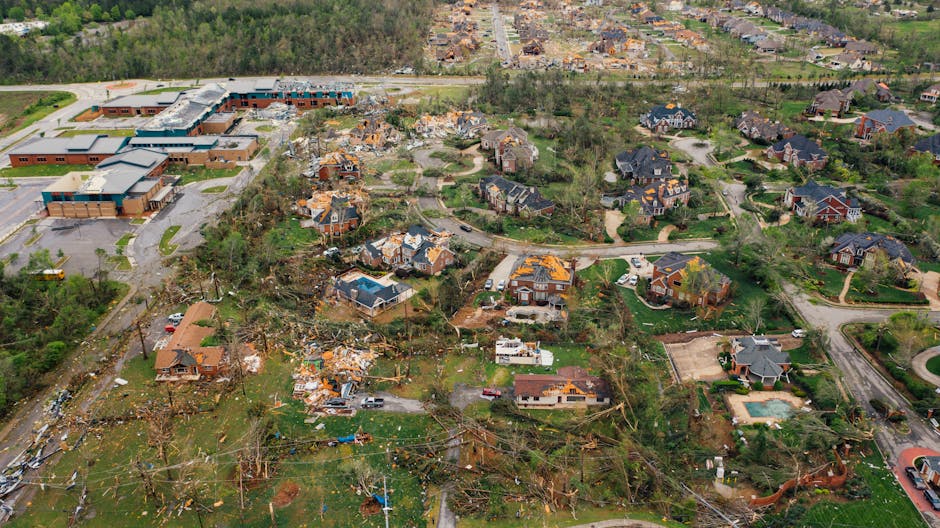Storm Damage Roof Repair: Top Tips for 2024 San Antonio Homeowners
Why Storm Damage Roof Repair Matters for San Antonio Homeowners
Storm damage roof repair is essential for maintaining the safety and value of your home, especially in San Antonio, where severe weather can wreak havoc on roofs. If you’re dealing with storm damage, you might be wondering what steps to take next.
Here’s what you should do right away:
- Inspect for visible damage: Look for missing shingles, dents, or cracks.
- Check for leaks inside your home: Wet spots, mold, or musty odors are signs of roof leaks.
- Use a temporary fix: Cover damaged areas with a waterproof tarp until professional help arrives.
- Contact a reliable roofer: Call experienced local contractors like ARP Roofing & Remodeling.
Storm damage can vary from subtle granule loss due to hail to more obvious issues like wind-torn shingles. Delaying repairs can lead to bigger problems, such as water damage, mold, and structural issues. That’s why prompt action is crucial.
I’m Preston Williams, the owner of ARP Roofing & Remodeling. With deep experience in handling storm damage roof repair, I understand the unique challenges that San Antonio homeowners face. Our team is dedicated to providing reliable, high-quality repair services to restore your roof and protect your home.
Signs of Storm Damage on Your Roof
Storms can wreak havoc on your roof, causing various types of damage that may not always be visible from the ground. Here’s what to look out for:
Attic or Ceiling Leaks
Water stains, wet spots, mold, mildew, dark streaks, or musty odors in your attic or on your ceiling are clear signs of a roof leak. These issues often stem from storm damage that has compromised your roof’s integrity. If you notice any of these signs, it’s crucial to take action quickly to prevent further damage.
Chimney Damage
Inspect your chimney for cracked mortar or leaning. Storms can cause significant damage to the mortar holding your chimney together, leading to cracks or chips. A crooked chimney is a sign of more severe structural issues and should be addressed by a professional immediately.
Flashing Issues
Flashing is the thin sheet metal that lines roof penetrations like chimneys, vents, and skylights for added waterproofing. High winds and heavy rain can dent or loosen flashing, allowing water to seep through. Damaged flashing is a common culprit behind leaks, so check these areas carefully.
Gutter and Downspout Damage
Gutters and downspouts are essential for directing water away from your roof and foundation. After a storm, inspect them for any signs of damage such as looseness, leaks, or punctures. Damaged gutters can cause water to pool on your roof, leading to further issues.
Missing Shingle Granules
Granules protect shingles from the sun’s UV rays. If you notice bald spots on your shingles or find granules collecting in your gutters, it’s a sign that hail or debris has damaged your shingles. This makes them more susceptible to future damage.
Visible Shingle Damage
High winds can tear off shingles, especially if they were already cracked or damaged. Look for missing shingles, torn tabs, or exposed roofing nails. These are clear indicators that your roof needs immediate attention to prevent water infiltration.
By keeping an eye out for these signs of storm damage, you can take prompt action to protect your home. For professional assessment and repair, don’t hesitate to contact ARP Roofing & Remodeling.
Recognizing Different Types of Storm Damage
Storms can wreak havoc on your roof in different ways. Understanding the type of storm damage can help you identify problems early and take the right steps to fix them. Here are the main types of storm damage you might encounter:
Hail Damage
Hailstorms can be short but powerful, causing significant damage to your roof. Look for these signs:
- Granule Loss: Hail can knock granules off your shingles, leaving bald patches. These granules often end up in your gutters.
- Dented Metal: Check for dents in metal components like gutters and downspouts.
- Weakened Shingles: Hail can crack or bruise shingles, making them more prone to future damage.
If you notice any of these signs, it’s crucial to get a professional inspection to assess the extent of the damage.
Rain Damage
Heavy rain can be just as damaging as hail. Here’s what to look for:
- Water Penetration: Leaks in your attic or ceiling are clear signs of water penetration.
- Mold and Rot: Persistent moisture can lead to mold and rot, weakening your roof’s structure.
- Standing Water: Pools of water on your roof can cause severe damage if not drained properly.
Proper drainage systems and timely repairs can help mitigate these issues.
Snow and Ice Damage
Winter storms bring their own set of challenges. Watch out for:
- Ice Dams: These form when snow melts and refreezes at the roof’s edge, preventing proper drainage.
- Widened Cracks: Freeze-thaw cycles can widen existing cracks in your roof.
- Loosened Seals: Snow and ice can loosen seals around vents and chimneys, leading to leaks.
Regularly clearing snow and ice from your roof can help prevent these problems.
Wind Damage
Wind can cause both immediate and long-term damage to your roof. Be on the lookout for:
- Loosened Shingles: Strong winds can lift shingles, making them vulnerable to water damage.
- Torn Tabs: Shingles with torn tabs are more likely to be blown off entirely.
- Impact Damage: Wind can carry debris that impacts your roof, causing dents and holes.
After a windstorm, inspect your roof for any visible damage and secure loose shingles as a temporary fix.
By recognizing these different types of storm damage, you can take the necessary steps to protect your home. Up next, we’ll discuss temporary repairs you can make before getting permanent fixes.
Temporary Repairs Before Permanent Fixes
When your roof gets damaged in a storm, immediate action can prevent things from getting worse. Here are some quick, temporary fixes you can do until a professional can make permanent repairs.
Covering the Damaged Area
The first step is to cover the damaged area. This will help prevent further water damage and keep your home safe.
-
Use a Waterproof Tarp: Spread a waterproof tarp over the damaged area. Make sure it covers the entire section to keep out rain and debris.
-
Secure the Edges: Use heavy objects or roofing nails to secure the edges of the tarp. This ensures that wind won’t blow it away, and water won’t flow underneath.
-
Prevent Water Flow: Make sure the tarp is tightly secured on both sides of the roof to direct water away from the damaged area.
Small Leaks and Punctures
For smaller issues like leaks, punctures, or missing shingles, you can use materials like epoxy, roofing cement, or even replacement shingles. Here’s how:
-
Epoxy or Roofing Cement: These can be used to seal small leaks or cracks. Apply a generous amount to the damaged area to create a waterproof seal.
-
Replacement Shingles: If you have loose or missing shingles, you can secure new ones with roofing nails. Be careful not to puncture other areas of the roof.
-
Safety Precautions: Always wait until the roof is dry before attempting any repairs. Use proper ladder safety techniques, and never walk on a sagging or visibly damaged roof.
By taking these steps, you can mitigate further damage and keep your home protected until a professional can perform a thorough storm damage roof repair. Next, we’ll discuss whether you should opt for a roof repair or a full replacement.
Roof Repair vs. Full Replacement
When it comes to storm damage roof repair, deciding between a repair and a full replacement can be tricky. Here’s how to make the best choice.
Assessing the Damage
First, look at the extent of the damage. If the damage is localized—like a small area with missing shingles or minor leaks—you might only need a repair. But if the damage is widespread—covering 25-30% or more of the roof—it’s often better to consider a full replacement. Also, assess the structural integrity of your roof. If the storm has weakened the roof’s structure, a replacement might be necessary to ensure safety.
Insurance Coverage
Understanding your insurance is crucial. Most insurance policies cover storm damage. Always check your policy and follow the claims process carefully. Document all damage with photos and get a formal report from an insurance adjuster. Only start permanent repairs after your claim is approved.
Lifespan of Roof Materials
The type of materials on your roof also affects your decision. Three-tab shingles usually last 10-15 years. If your roof is near this age, a replacement might be more cost-effective. Architectural shingles and wood shakes can last up to 30 years, while metal, tile, and slate roofs can last even longer. If your roof is made of these longer-lasting materials and is relatively new, a repair might suffice.
By considering these factors, you can make an informed decision on whether to repair or replace your roof after a storm.
Working With Your Insurer After Storm Damage
Opening a Claim
When your roof suffers storm damage, the first step is to contact your insurance company. Inform them about the damage and your intention to file a claim. They will guide you on the next steps, including the information you need to provide and how to schedule an inspection with an insurance adjuster.
Tip: Have your policy number and details ready to speed up the process.
Documenting Damage
Before the insurance adjuster arrives, document the damage thoroughly. This includes taking clear, detailed pictures of all affected areas. Capture both close-up shots and wider angles to show the extent of the damage.
- Take Notes: Write a formal report detailing what happened, when it happened, and any immediate actions you took.
- Use a Checklist: Consider using a storm damage checklist to ensure you don’t miss anything.
Insurance Adjuster
An insurance adjuster will visit your home to inspect the damage and determine the validity of your claim. They will assess the extent of the damage and estimate the repair costs.
- Be Present: If possible, be present during the inspection to point out all the damage.
- Provide Evidence: Show the adjuster your photos and report. This helps ensure nothing is overlooked.
Once the inspection is complete, the adjuster will approve or deny your claim. If approved, they will provide you with an estimate for the repair or replacement costs.
Tip: If your claim is denied and you believe it’s a mistake, you can request a second inspection or hire an independent engineer to provide additional proof.
Working with Recommended Contractors
After your claim is approved, you can choose your own roofing contractor to perform the repairs. While your insurance company may provide recommendations, you’re not obligated to use them.
- Do Your Research: Look for local roofing companies with experience in storm damage repairs. Check their licensure and customer reviews.
- Get Multiple Quotes: Compare quotes to ensure you’re getting high-quality work at a fair price. However, the insurance company sets the price, so focus on finding the best contractor for the job.
By following these steps, you can steer the insurance process smoothly and ensure your roof gets the necessary repairs.
Hiring a Roofer for Storm Damage Repairs
Finding a Reputable Roofer
When it comes to storm damage roof repair, finding a reputable roofer is crucial. Local expertise matters. Look for roofing companies familiar with San Antonio’s unique weather challenges. Local companies understand the specific needs of homes in the area and the local building codes.
Recommendations can be invaluable. Ask friends, neighbors, or coworkers if they have any suggestions. Online resources like the Better Business Bureau (BBB) website can also help. Check for customer reviews and ratings to gauge the company’s reputation. A company with a high BBB rating and positive reviews is often a good choice.
Comparing Quotes
Getting multiple quotes ensures you’re getting fair pricing and quality service. Request at least three quotes from different local roofing companies. This helps you understand the average prices and what to expect.
The insurance company sets the price for repairs, so your focus should be on the quality of work and the roofer’s reliability. Don’t automatically go for the lowest bid. Instead, look for value and the roofer’s ability to handle insurance claims.
Licensure and Accreditation
Always verify that the roofer is properly licensed and insured. Ask for proof of licensure and ensure it’s up to date. This protects you from potential liabilities and ensures the roofer meets local standards.
Check if the roofer has BBB accreditation. BBB accreditation means the company meets high standards of trust and integrity. Also, look for any customer complaints and how the company resolved them.
By following these steps, you can confidently hire a reputable roofer for your storm damage repairs.
Frequently Asked Questions about Storm Damage Roof Repair
How much damage does a roof need to be replaced?
Typically, if 25-30% of your roof is damaged, it might be time to consider a full replacement. This is especially true if the damage affects the structural integrity of the roof. For instance, if a storm has caused extensive shingle loss or significant leaks, the underlying structure could be compromised. Always consult a professional roofer to assess the extent of the damage.
Can roof damage be repaired?
Yes, roof damage can often be repaired, especially if it’s localized. Small area repairs can be a cost-effective solution if the damage is minimal. For example, replacing a few missing shingles or fixing a small leak can often be done without the need for a full roof replacement. Cost comparison is crucial here; sometimes, a repair can be almost as expensive as a partial replacement, depending on the materials and labor involved.
How does insurance work with a roof?
Insurance coverage for roof damage usually falls into two categories: replacement cost coverage and actual cash value (ACV). Replacement cost coverage pays for the cost to replace the damaged roof with a new one of similar kind and quality. ACV, on the other hand, pays for the roof’s value at the time of the loss, factoring in wear and tear and depreciation.
For older roofs, some insurance policies may only offer ACV coverage, which means you’ll be responsible for the difference between the depreciated value and the cost of a new roof. It’s essential to understand your policy and speak with your insurance adjuster to know what is covered.
By understanding these key aspects, you can make informed decisions about your storm-damaged roof and steer the insurance claims process more effectively.
Conclusion
When it comes to storm damage repair, choosing the right roofing company can make all the difference. At ARP Roofing & Remodeling, we are committed to providing top-notch service to homeowners in San Antonio and surrounding areas. Our team is experienced in handling all types of storm damage, from hail and wind to rain and snow.
Customer satisfaction is our top priority. We take pride in our work and ensure that every project is completed to the highest standards. Our transparent pricing, professional quality, and reliable service have earned us the trust of many homeowners.
Navigating insurance claims can be stressful, but we’re here to help. We assist you through the entire process, from opening a claim to documenting the damage and working with your insurance adjuster. Our goal is to make the repair process as smooth and hassle-free as possible.
If you’re in need of storm damage roof repair, don’t hesitate to contact us. Let ARP Roofing & Remodeling take care of your roof so you can focus on what matters most.
For more information, visit our Roof Replacement Services page.
Feel free to reach out to us for any questions or to schedule a consultation. We’re here to help you protect your home and ensure your roof is in top shape.







